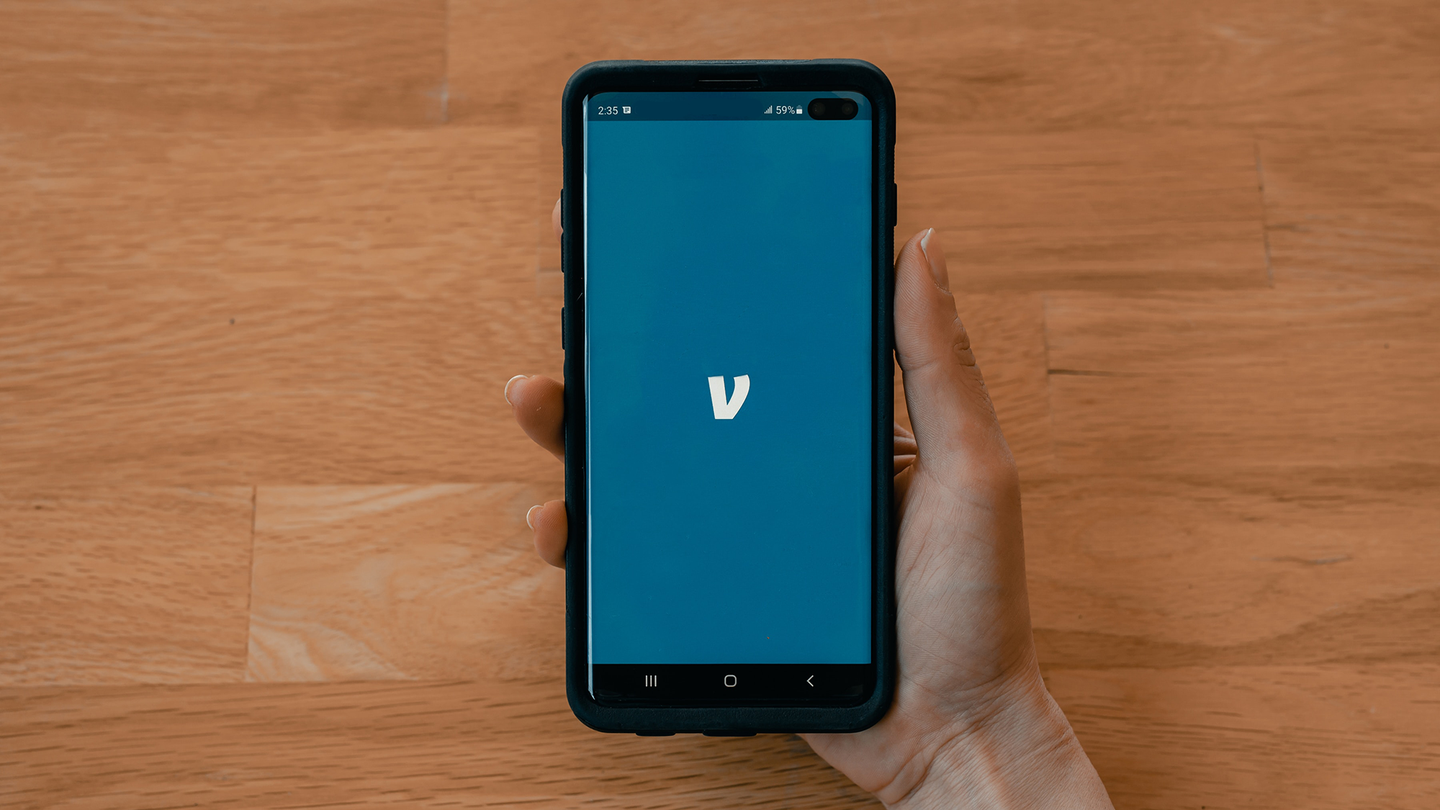It’s time to make your Venmo transactions private
No one has to know how many times you went for pizza last week.

Money transfer apps are incredibly useful, which is why they’re so ubiquitous. But Venmo, one of the most popular of the bunch, has a problem: by adding a social element to our spending, the platform makes all transactions public by default.
This means that all of the internet (or, best-case scenario, your friends and their friends) knows you’ve been ordering pizzaPeruvian food for breakfast at least twice a week. Or that you bought a statue of questionable taste from some person on Facebook Marketplace. Or something beyond what we can put to print. Venmo keeps some things private, but certainly discloses enough information to let other people know who you’re spending with, and potentially on what, so finding out your friends went for brunch without you is only a matter of scrolling.
This is why you should make your Venmo private right now. Thankfully, accessing and changing the platform’s settings is easy.
How to change your privacy settings on Venmo

1. Open Venmo and tap your profile picture in the bottom right corner of your screen.
2. Tap the cog icon in the top right corner to open the settings menu.
3. Go to Privacy.
4. Under Default privacy settings, make sure you select the bubble next to Private. This will make sure transactions are only visible to you and the person who’s paying or receiving money from you.
[Related: The 7 best apps for sending money]
There’s also a Friends option, which will make your activity visible to your friends and their friends, but we’d discourage you from going that way. Venmo is an extremely practical app people usually only use to transfer money, which is why we don’t usually think too much about who we befriend on there. Think about that one time you went out for drinks with a large group of people and one person picked up the check so everyone paid them instead. You may not even know that person well, but if they’re your friend on Venmo, they, along with all of their friends, can see how you spend your money.

If you’ve been using Venmo for a while, you should know that changing your privacy settings doesn’t work retroactively, and will only keep your future transactions private. To protect everything from the past, tap Past transactions on the privacy menu and select Change all to private.
To go even further, and since you’re already in the privacy menu, tap Friends list and set it to private. This will prevent people from knowing who you’re friends with on the app. To finish, toggle off the switch next to Appear on other users’ friends lists. This will ensure that, even if your friends can’t be bothered with their privacy settings, at least you won’t show up on their lists.
More Venmo privacy tips
Maybe you like the social element of Venmo and prefer to keep things between friends (and their friends). That doesn’t mean you can’t still take care of your privacy.
Make individual transactions private
You should know that you can always make individual transactions private. This is easy to do but not very intuitive, so you might’ve missed it.
After completing a payment, open the transfer on your timeline or profile. Under Transaction details and to the right of the date and time, you’ll see the transaction’s privacy settings in blue—tap it to change it. You’ll get the same options as on the app’s privacy menu, and you’ll be able to make your activity visible only to you and the other person, your friends and their friends, or the entire world wide web.
Opt for nondescript descriptions
As we mentioned before, Venmo doesn’t disclose the amounts of money you transfer on the app, but it says who you’re paying, and who you’re friends with, if applicable.
That’s a lot of information as it is, but most importantly, the platform shows everyone the description of each interaction, which usually gives away the nature of the transaction and the context. So, for example, if you see someone paying somebody else and posting a pizza or drinks emoji, you can easily assume they ate or drank together, which can easily fuel gossip or, in the worst cases, “conspiranoia.”
[Related: It’s time to start paying for everything with your phone]
If you’re keeping things between friends, give your transactions a non-obvious description. Since this is a required field to finalize payments, you can type gibberish or anything else that doesn’t give away what the payment or request was for. If you think you might need a receipt in the future, text that person directly confirming tha transaction.
Check your friends list often
When you search someone on Venmo or scan their account QR code, the app will immediately take you to their profile page. You’ll be able to see their picture and their name, but you’ll also be able to spot somewhat of a dark pattern—it’s easier to add them as friends than it is to just make or request a payment.
This is because the Add friend button is immediately below a person’s account details, whereas the transfer button (a white coin and a pencil against a blue background) is all the way down in the bottom right corner of your screen. You probably know this, but you can easily miss it, especially in the “We gotta pay and go” mindset after a meal.
Again, if you set your privacy settings to Friends, make sure you take a moment, maybe once every few months, to revise your friends list. Make sure you know everybody on there and delete anyone you might not interact with on the app again. That way you’ll have a good idea of who your audience is and keep some control over it.
